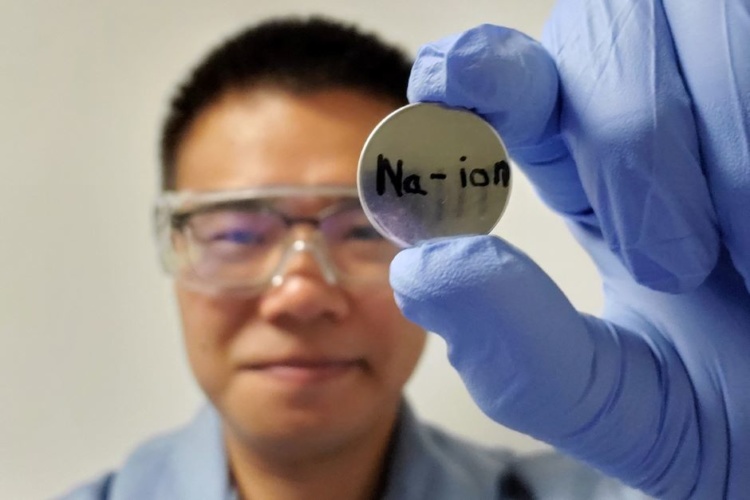
This is the claim of a team from Washington State University (WSU) and Pacific Northwest National Laboratory (PNNL) whose research could lead to a viable battery technology made with abundant and inexpensive materials.
MRI pinpoints interactions within sodium ion batteries
The team’s sodium-ion battery is reportedly capable of delivering a capacity similar to some lithium-ion batteries and to recharge successfully, keeping more than 80 per cent of its charge after 1,000 cycles. The research, led by Yuehe Lin, professor in WSU's School of Mechanical and Materials Engineering, and Xiaolin Li, a senior research scientist at PNNL is published in the journal, ACS Energy Letters.
"This is a major development for sodium-ion batteries," said Dr. Imre Gyuk, director of Energy Storage for the US Department of Energy's Office of Electricity who supported this work at PNNL. "There is great interest around the potential for replacing Li-ion batteries with Na-ion in many applications."
Lithium-ion batteries are made from materials such as cobalt and lithium that are rare, expensive, and found mostly outside the US. As demand for electric vehicles and electric energy storage increases, these materials will become harder to acquire and possibly more expensive.
Sodium is inexpensive, abundant, and sustainable, making sodium-ion batteries a good candidate for large-scale energy storage. A major drawback is that they do not hold as much energy as lithium batteries. They also have trouble being recharged as would be required for effective energy storage.
According to WSU, a key problem for some of the most promising cathode materials is that a layer of inactive sodium crystals builds up at the surface of the cathode, stopping the flow of sodium ions, which degrades the battery.
"The key challenge is for the battery to have both high energy density and a good cycle life," said Junhua Song, lead author on the paper and a WSU PhD graduate who is now at Lawrence Berkeley National Laboratory.
As part of the work, the research team created a layered metal oxide cathode and a liquid electrolyte that included extra sodium ions, creating a saltier solution that had a better interaction with their cathode. Their cathode design and electrolyte system allowed for continued movement of sodium ions, preventing inactive surface crystal build-up, and allowing for unimpeded electricity generation.
"Our research revealed the essential correlation between cathode structure evolution and surface interaction with the electrolyte," Lin said in a statement. "These are the best results ever reported for a sodium-ion battery with a layered cathode, showing that this is a viable technology that can be comparable to lithium-ion batteries."




Nanogenerator consumes CO2 to generate electricity
Whoopee, they've solved how to keep a light on but not a lot else.